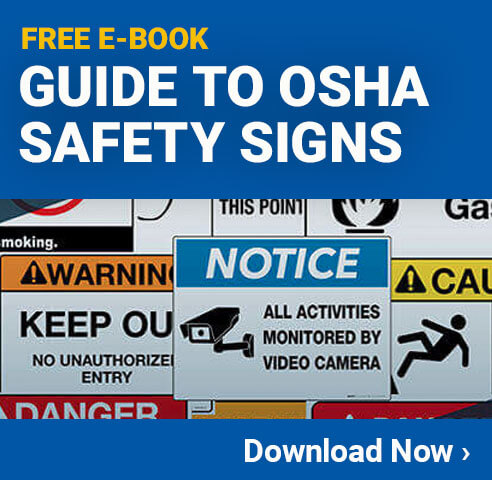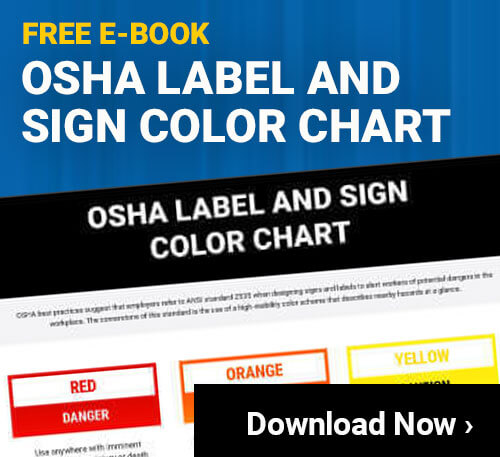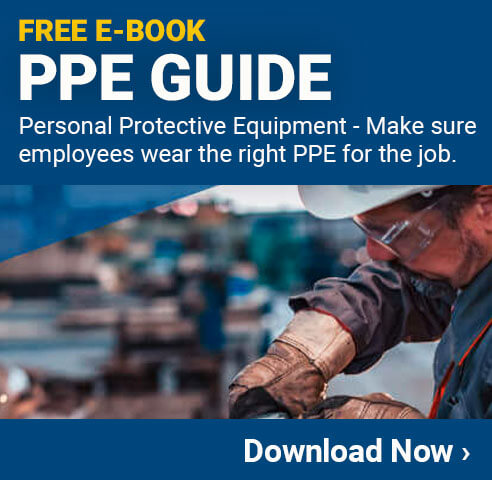
The American National Standards Institute (ANSI) is a nonprofit, non-governmental organization that works to improve the efficiency of organizations, often by improving safety. Their set of standards known as ANSI Z87.1 is specifically focused on safety glasses.
The standards within are written to help employers and employees make decisions that can help protect people's eyes and face from threats including foreign object impact, harmful liquid splashes, non-ionizing radiation exposure, and more.
While ANSI is not a governmental agency, their standards are used in some government regulations. OSHA's 1910.133 Eye and Face Protection standards are based largely on the ANSI standards.
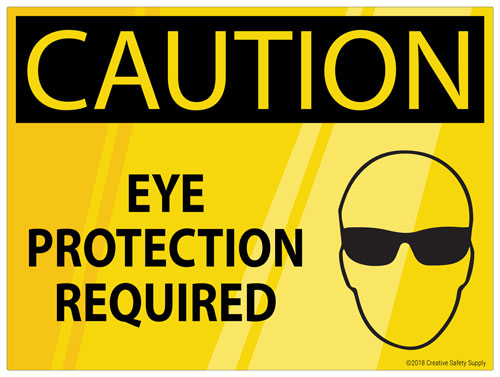
Requirements for ANSI Z87.1
In order for a pair of safety glasses to be approved for use under the ANSI Z87.1 standards, they must have been tested to provide sufficient protection against one or more of the hazards to eyes. Third party testing companies can review eyewear and put it through the necessary tests to determine how much protection it offers.
These regulations and tests are designed not only to help ensure workers are protected, but also that the products sold as Z87 compliant are providing the right level of protection. These standards and the appropriate markings make it much easier for employers to be able to get the right safety glasses for the job.
Identified Hazards
ANSI Z87 1 identifies hazards to the eyes so people are aware of what they need protection from. The set of standards lists these as the most common hazards to the eyes and face:
- Blunt Impact - Impact either from someone running into an object or a projectile hitting the eye causing impact.
- Radiation - Radiation can come from many sources, including the sun, and can cause damage to the eyes over time.
- Splashes and Droplets - Liquid chemicals can splash into the eyes causing severe damage.
- Dust - Dust blown up into the air from saws, fans, and other machines can cause serious irritation and temporarily impact eyesight. It is important to offer safety eyewear with dust protection.
Labeling ANSI Z87 Approved Safety Glasses
Any safety glasses that will be used in an ANSI-approved facility need to be approved for use against specific hazards. Glasses that are confirmed to provide protection from specific threats will be labeled on the eyewear itself. In most cases, it will say "Z87" on them and then some additional indicator(s) that can help identify what the glasses are to be used for.
Glasses that are marked Z87 U6 will be approved as having a UV rating of 6, for example. Markings that include a D# format indicate protection from splashing or droplets of liquid, with a D5 indicating protection from fine dust. Workplaces need to understand all the labeling requirements for hazards that are present in their facility to ensure they have adequate protection.
Here's a quick rundown of symbols commonly used on Z87 safety glasses:
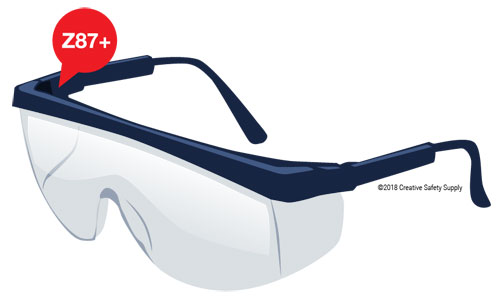
- + sign after Z87 - Means the glasses are rated for a high-velocity impact.
- D3 - Protects from splashes or droplets.
- D4 - Protects from dust.
- D5 - Protects from fine dust.
- U - UV protection.
- R - Infrared light protection.
- L - Visible light filter.
- Z87-2 - Indicates the lenses are prescription lenses.
- W - Welding protection
- H - Eyewear is designed for smaller head sizes.
- S - The lenses have a special tint.
Some of these letters are accompanied by numbers that indicate the level of protection. The number scale varies based on the type of protection, so people purchasing glasses should make sure the PPE they're purchasing meets the level of protection they need. ANSI's standard explains these numbers in more detail. Knowing what all of these common markings mean can help businesses make informed decisions about their purchases.
Updates to Z87.1
The original ANSI Z87.1 standard was written in 2003, and revisions were implemented in 2010, and then again in 2015. All companies that wish to comply with ANSI standards should be following the 2015 set of standards, often referenced under the label "ANSI Z87.1-2015." The 2015 updates deal with issues such as lense thicknesses, prescription lenses, and lens and frame markings.
ANSI's Z87.1 standard demonstrates that personal protective equipment such as eye protection isn't one size fits all. PPE should be specific to the tasks being performed and the people wearing it. When PPE doesn't protect people from the specific hazards they're dealing with, it's not very useful, and in some cases might be getting in the way. When it isn't comfortable or doesn't fit, people are also less likely to wear it. That means businesses should take the advice of organizations like ANSI seriously and learn about what type of safety glasses are the ones employees really need for their jobs.
Resources
- https://www.ansi.org/
- https://www.osha.gov/pls/oshaweb/owadisp.show_document?p_table=STANDARDS&p_id=9778
Similar Articles
- ANSI Z535 [Updated Guide to Safety Signs & Labels]
- OSHA Sign Compliance: ANSI 1967 vs. ANSI 2011 [With 2017 Updates]
- Hard Hat Classes [OSHA & ANSI Standards]
- What are ANSI standards?
- What is a Noise Reduction Rating? [ANSI S3.19 Explained]
- Pipe Color Codes – ANSI/ASME A13.1
- OSHA Respiratory Protection Standard (29 CFR 1910.134)
- ANSI Color Codes for Pipe Marking
- ANSI TIA 606-B Cable Labeling Standards
